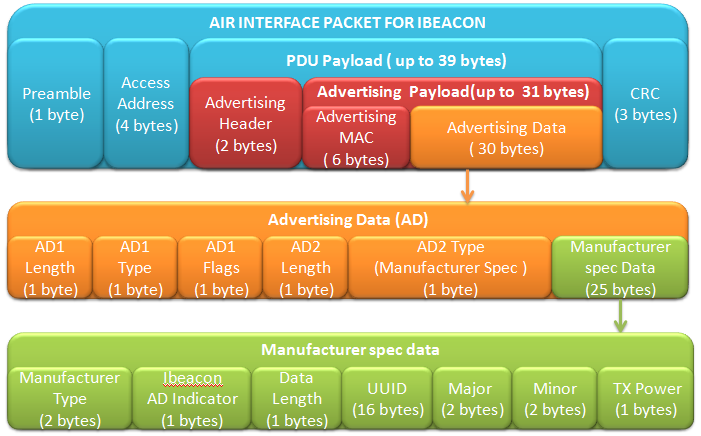

If you run a lottery but nobody knows how you’re choosing the winning number, people might be wary, whereas if you chose the winning numbers by picking them live on TV in a jar, then people can see you’re unlikely to bias the result. This is useful in order to increase public trust in one’s system.

If you don't need that level of detail you can skip minor or even major – it's down to you.Drand was recently presented at the North Sec conference! Here is a brief summary of the event and the drand talk, as well as the answers to a few of the interesting questions we received. Minor: You're in the shoe department on the third floor.UUID: You're in a Acme Hardware Supplies store.The combination of all three identify the user's precise location: For example, if your flagship London store has 12 floors each of which has 10 departments, you would assign each of them a different minor number. The minor number can (if you wish) be used to subdivide within the major number.

That major number must be between 5, which is enough to identify every McDonalds and Starbucks outlet combined! So, if you have 10,000 stores in your supermarket chain, you would use the same UUID for them all but give each one a different major number. The major number is used to subdivide within the UUID. It should identify you or your store chain uniquely. The first number is a long hexadecimal string that you can create by running the uuidgen in your Mac's terminal.
#Beacon uuid generator plus
IBeacons are identified using three pieces of information: a universally unique identifier (UUID), plus a major number and a minor number. As soon as iOS has anything tell us, it will do so. Second, we give that to our CLLocationManager object by calling its startMonitoring(for:) and startRangingBeacons(in:) methods. First, we use a new class called CLBeaconRegion, which is used to identify a beacon uniquely. If you went for "when in use", you'll still get location information while your app is in the background if you enable the background capability, and iOS will notify users that this is happening by making the device status bar blue and saying "YourAppName is using your location." If you went for "always", iOS will wait a few days then ask the user if they still want to grant permission, just to be fully sure.Īssuming everything went well, let's take a look at how we actually range beacons. This message is really blunt, so users hopefully take a few moments to read it before continuing.īut that prompt is not the only way iOS helps users guard their privacy. If everything is working, you should have received a large iOS confirmation prompt asking whether you want to grant the app access to your location.


 0 kommentar(er)
0 kommentar(er)
